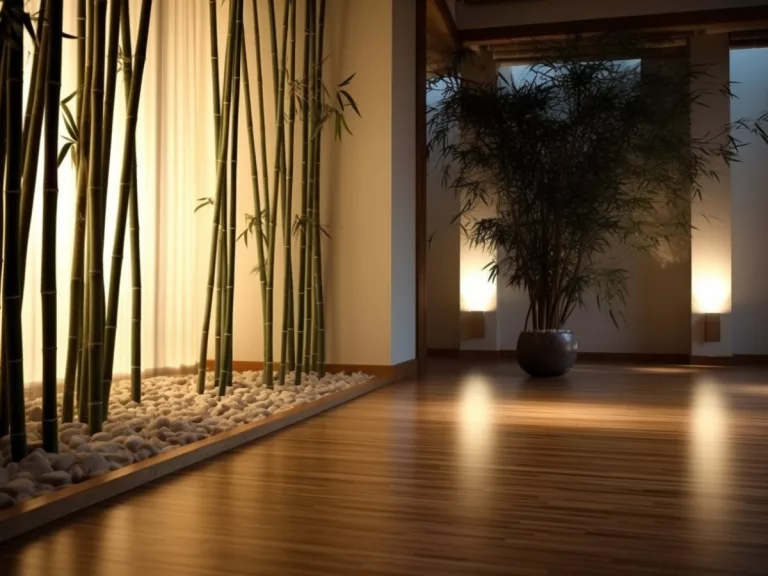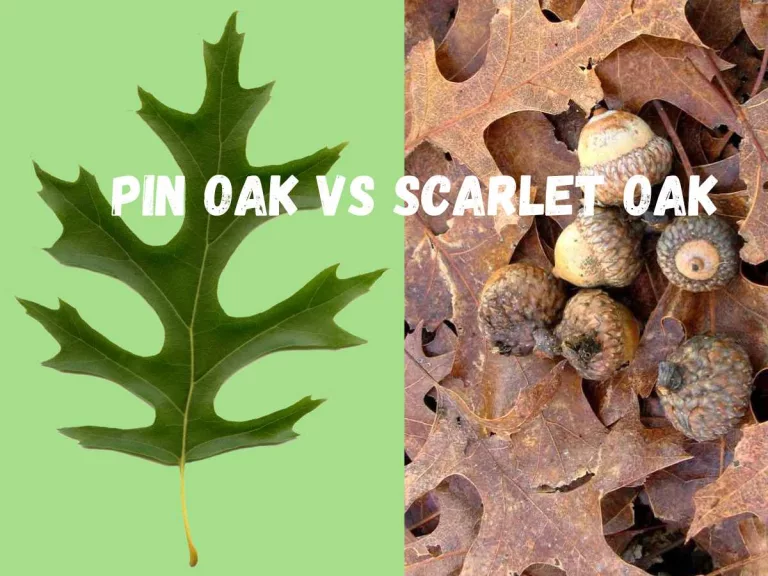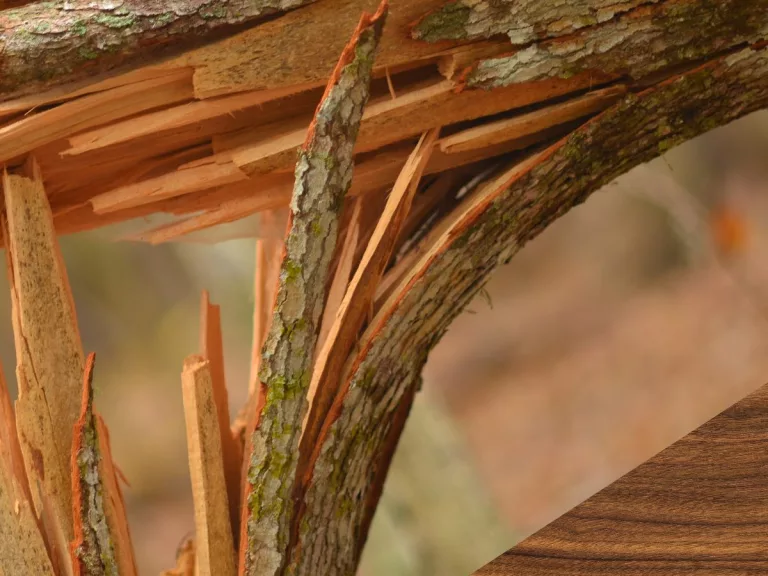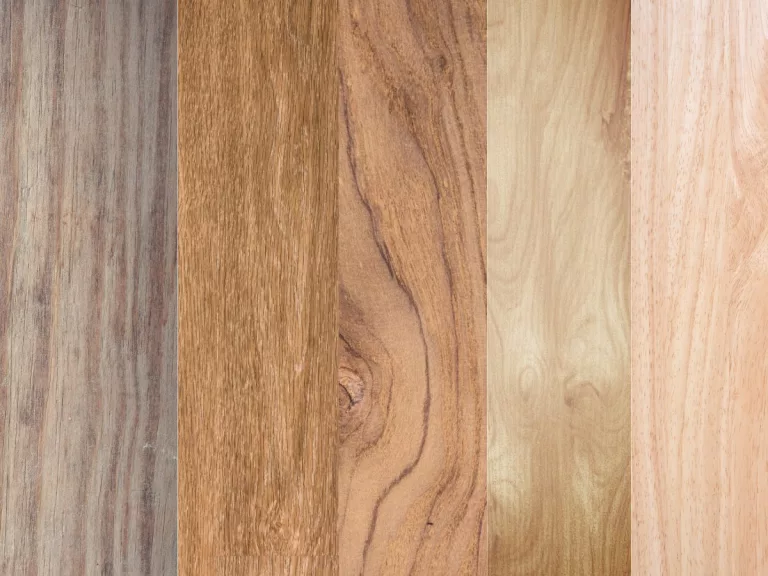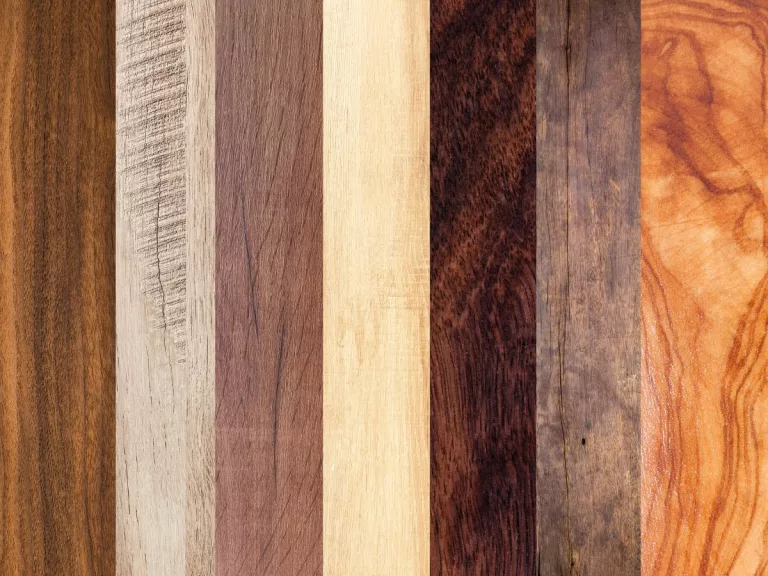Why Does Wood Turn Grey? Unveiling the Science Behind Natural Changes

Key Takeaways
Wood Greying:
– UV exposure breaks down wood’s lignin, leading to color fading.
– Moisture promotes mold and mildew growth, contributing to greying.
– Natural aging process results in a silver-grey hue over time.
– Lack of protective treatments accelerates the greying process.
Restoration: Effective cleaning and treatments can revive greyed wood.
Eco-Friendly Care: Sustainable products protect wood and the environment.
DIY and Resources: Encouragement and guides available for wood care projects.
Ever noticed how that vibrant, rich-colored wooden deck or fence slowly adopts a silver-grey hue over time? Or simply put, Why Does Wood Turn Grey? It’s not just your eyes playing tricks on you; it’s a natural process that all outdoor wood undergoes. But why does this happen, and should we be concerned about it? Let’s dive into the heart of wood’s transformation and uncover the importance of keeping our wooden companions looking their best.
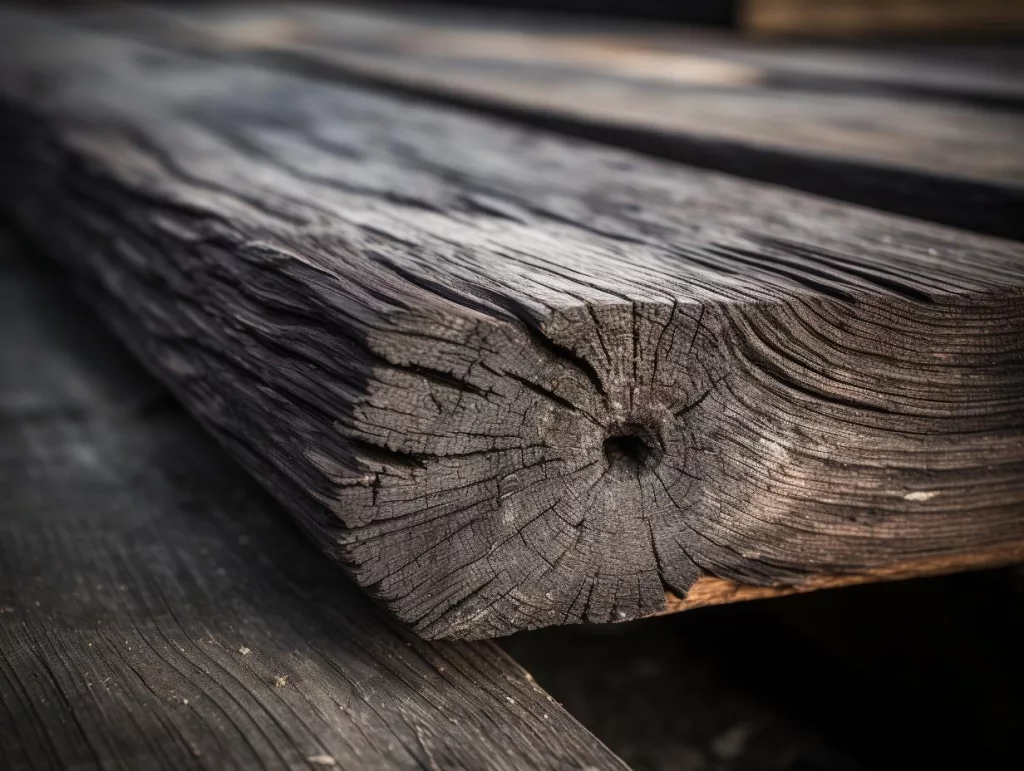
Why Does Wood Turn Grey?
Wood, in its essence, is as alive as the trees it once was, interacting with its environment in ways that change its appearance and structure. Understanding this interaction is key to preserving the beauty and integrity of wood in our homes and gardens.
Role of Sunlight in Wood Discoloration
How UV Rays Affect Wood’s Cellular Structure
- The sun acts like a powerful hairdryer, constantly affecting wooden structures.
- Prolonged sun exposure damages wood similarly to how it damages skin.
- UV rays penetrate wood, targeting and breaking down lignin, the “glue” of wood cells.
- As lignin breaks down, wood weakens and fades, gradually turning grey.
Science Behind Lignin Breakdown and Color Fading
- UV light triggers a photochemical reaction in wood, degrading lignin.
- Lignin degradation impacts wood’s color and structural integrity.
- As lignin dissipates, natural pigments fade, making wood prone to wear and tear.
- This transformation highlights nature’s cycles, even in construction materials.
Moisture and Biological Factors
Impact of Moisture
Water is life, right? Well, not always for wood. While essential for trees, moisture can be wood’s undoing once it’s part of our decks and fences.
- Wood that remains wet becomes a breeding ground for mold and mildew.
- Mold and mildew penetration accelerates wood greying and can lead to rot.
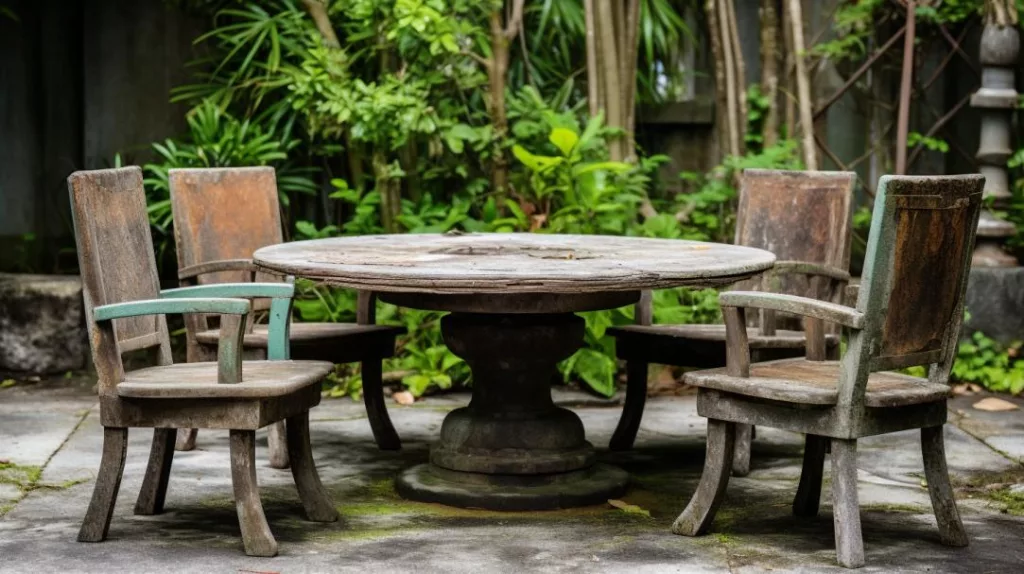
Mold, Mildew, and Their Contributions
- Mold and mildew indicate wood’s struggle with environmental elements.
- They thrive on wood’s organic matter in moist conditions.
- Their growth discolors wood, contributing to the aging grey patina.
- While some appreciate the natural aging, it often signals the need for protective action.
In understanding these processes, we’re better equipped to care for our wooden structures, ensuring they remain strong and beautiful for years to come. Whether it’s through regular maintenance, protective treatments, or simply appreciating the natural aging process, our relationship with wood is a testament to the dynamic interplay between nature and the built environment.
Expert Insights into Preventing and Managing Grey Wood
Diving into preserving wood’s natural beauty, let’s explore how you can shield your wooden treasures from the inevitable greying process. It’s not just about maintaining appearances; it’s about extending the life and durability of your wood.
Protective Measures Against UV Damage
UV-resistant Finishes and Their Application
Choosing the right UV-resistant finish for your wood is akin to selecting the perfect sunscreen for your skin. These finishes act as a barrier, protecting the wood from the harsh effects of sunlight. From varnishes to sealants, the market is flooded with options. The key is to look for products specifically designed for outdoor use, boasting UV protection qualities. Application is straightforward but requires attention to detail—ensure the wood is clean and dry, apply evenly, and don’t forget to reapply periodically to maintain protection.
You can watch the video for easy understanding of the process
DIY Solutions for Enhancing Wood’s UV Resistance
For the hands-on individuals, there are DIY solutions to boost your wood’s resistance to UV damage. One popular method involves mixing linseed oil with a UV-resistant varnish, creating a protective layer that not only defends against the sun but also enhances the wood’s natural beauty. Remember, the goal is to create a shield that keeps the UV rays at bay while keeping the wood’s aesthetics front and center.
Combating Moisture and Biological Growth
Best Practices for Moisture Management
Moisture management is crucial in preventing wood from turning grey prematurely. Start by ensuring proper drainage around wooden structures and applying water-repellent finishes that help wood shed water rather than absorb it. Regularly check for signs of water damage or accumulation, especially after heavy rains, and address any issues promptly to prevent mold and mildew growth.
Recommended Products for Mold and Mildew Prevention
When it comes to fighting mold and mildew, prevention is your best strategy. Invest in high-quality wood preservatives that contain anti-fungal agents. These products not only prevent mold and mildew from taking hold but also help preserve the wood’s color and integrity. Regular cleaning with mildew-resistant cleaners can also keep these unwanted guests at bay.
Case Studies: Real-World Applications and Results
As a wood specialist with years of experience under my belt, I’ve had the privilege of witnessing and contributing to numerous wood restoration projects. Each project has its unique challenges and triumphs, but the satisfaction of breathing new life into aged wood is a constant. Let me share a couple of standout examples that highlight the remarkable transformations possible with dedication and the right techniques.
Restoration Success Stories
The Century-Old Barn Revival
One of my most memorable projects involved a century-old barn that had seen better days. The wood was severely greyed, almost to the point of being unrecognizable. The challenge was not just to restore its appearance but to preserve its historical integrity. We used a gentle cleaning method to remove decades of grime, followed by a deep-penetrating oil that brought out the wood’s natural grain and color. The before-and-after photos were staggering. What was once a forgotten structure became a proud centerpiece of the property. The owner, a history enthusiast, was overjoyed to see the barn’s original charm restored, ensuring it could stand for another century.
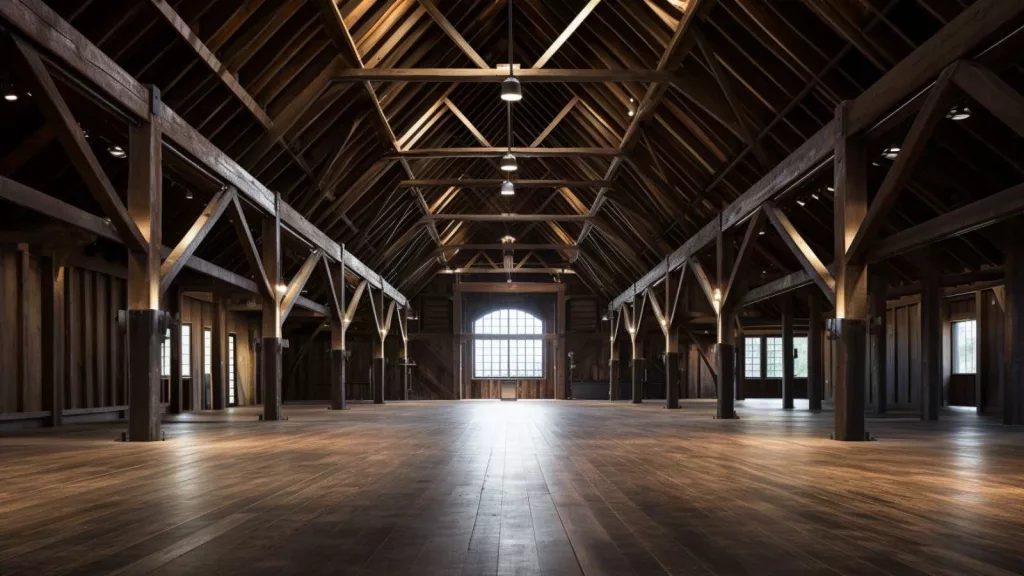
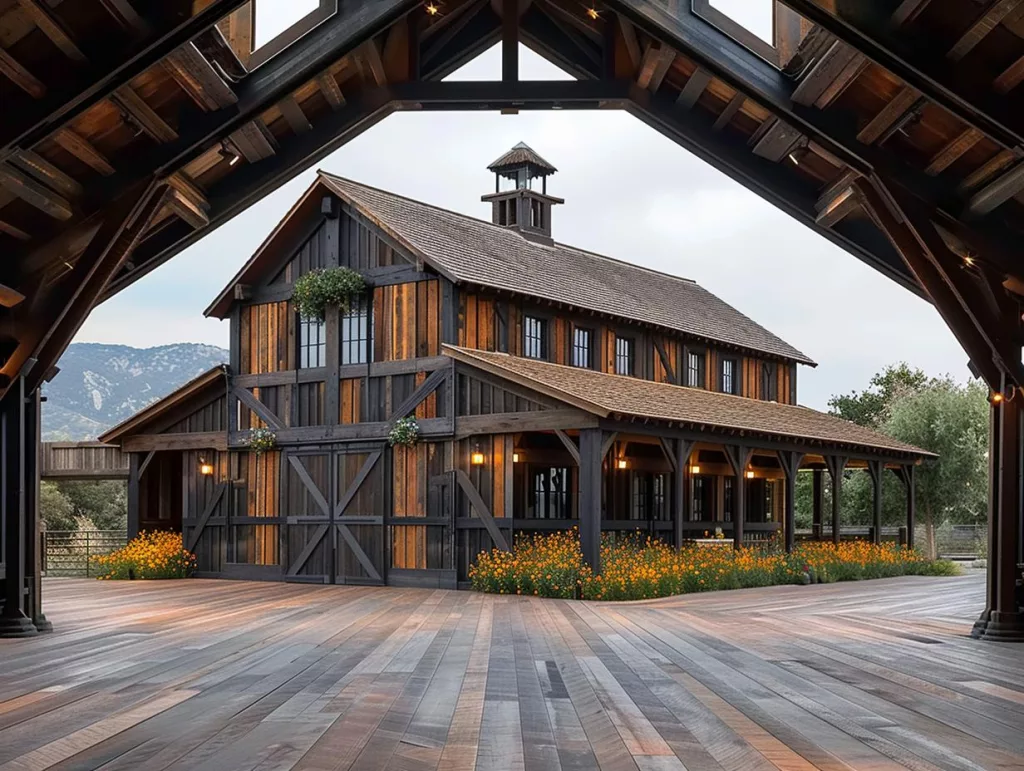
Transforming a Neglected Deck into an Entertaining Space
Another project that stands out involved a family’s neglected backyard deck. Initially, the grey, weathered surface made the space uninviting. The family was considering a complete rebuild, but we decided to attempt restoration first. After a thorough cleaning to remove mold and mildew, we applied a UV-resistant finish that matched the home’s aesthetic. The transformation was dramatic. The deck went from an eyesore to a warm, inviting space perfect for family gatherings. The homeowners were amazed by the change, expressing how the deck had become their favorite part of the home.
Testimonials from Professionals and Homeowners
Professional Carpenter’s Perspective
“I’ve worked on numerous restoration projects, but the satisfaction of turning grey, aged wood into something beautiful never gets old. One project that stands out was restoring an old fishing pier. The wood was almost black from years of exposure. With a team of dedicated craftsmen, we meticulously cleaned and treated the wood, revealing the stunning hardwood beneath. It was a testament to the resilience of wood and the importance of preservation.” – Alex, Professional Carpenter
Homeowner’s Delight
“As a homeowner, I was close to giving up on our old wooden fence, thinking it was beyond saving. Following the advice of a wood specialist, we embarked on a DIY restoration project. The process was simpler than I expected, and the results were nothing short of miraculous. Our fence now looks brand new, and we’ve received countless compliments from neighbors. It’s incredibly rewarding to see what a little TLC can do for wood.” – Sarah, Homeowner
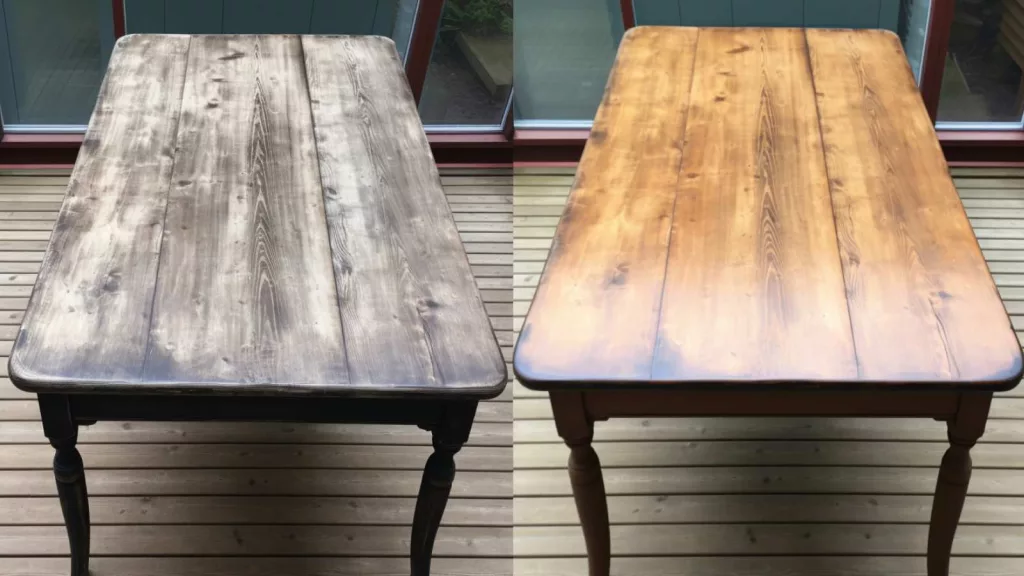
Long-Term Care Strategies
Maintenance Schedules for Different Wood Types
Every wood type has its unique needs, and recognizing this is the first step in effective long-term care. From the hardy resilience of teak to the delicate nature of pine, we’ll outline tailored maintenance schedules that cater to the specific requirements of various woods, ensuring they remain vibrant and strong year after year.
Tips for Extending the Life and Beauty of Outdoor Wood Structures
Beyond routine maintenance, there are strategies to enhance the longevity and appearance of your wood. Learn how to spot early signs of wear, the best times for reapplication of finishes, and how to address minor issues before they become major problems. With the right approach, your outdoor wood structures can stand the test of time, weathering the elements with grace.
The Environmental Impact of Wood Preservation
In our quest to keep our wooden treasures looking pristine, it’s crucial to consider the bigger picture—the impact of our preservation efforts on Mother Nature.
Eco-Friendly Practices in Wood Maintenance
Sustainable Wood Care Products
Gone are the days when wood preservation meant harsh chemicals. Today, we have a plethora of eco-friendly options that protect our wood without compromising the planet. From water-based sealants to organic oil finishes, choosing sustainable products is easier and more effective than ever.
The Balance Between Preservation and Natural Aging
Embracing the natural aging process of wood doesn’t mean neglecting it. By selecting environmentally friendly products and practices, we can preserve wood’s integrity and beauty while respecting its natural lifecycle. It’s about finding harmony between keeping our wood looking its best and letting nature take its course gracefully.
Further Reading
For those thirsty for more knowledge or eager to dive deeper into the world of wood care, explore the following resources:
- Ultimate Guide to Furniture Refinishing & Repair (ISBN-13 : 978-1580118439)
- Wood preservation techniques
- Outdoor furniture preservation
- Norwegian University of Science and Technology website has helpful insights in wood greying mechanism.
Conclusion
As we’ve journeyed through the forest of facts, myths, and expert insights on wood greying, it’s clear that this natural process isn’t just an inevitable fate but a chapter in the life story of every wooden piece. From the sun-kissed patinas to the silver-grey hues that speak of time’s passage, each mark tells a tale.
Now that you’re equipped with the knowledge and tools to champion your wood’s longevity and beauty, it’s time to put this wisdom into action. Don’t let the greying shadows dim the luster of your wooden treasures.
FAQs
Ever find yourself pondering why your once vibrant wooden deck now sports a distinguished grey hue? You’re not alone. Let’s dive into some of the most burning questions and myths surrounding wood greying, armed with expert insights to clear the air.
Does greying mean my wood is damaged?
Not necessarily. Greying is more of a suntan for wood than a sign of distress. It’s wood’s natural response to the elements, primarily UV exposure. However, consistent care can keep the greying at bay and ensure the wood remains healthy.
Can I reverse the greying process?
Absolutely! With the right treatments, such as wood brighteners and UV-resistant finishes, you can restore your wood’s youthful glow. It’s like turning back the clock for your wooden surfaces
How often should I treat my wood to prevent greying?
It depends on the exposure and wood type, but generally, a touch-up every 1-2 years keeps the greying in check and your wood in top shape.
Are there any natural remedies to prevent wood from turning grey?
While natural oils like linseed and tung oil offer some protection and nourishment, they might not be as effective against UV rays as specialized products. Think of them as a good moisturizer rather than a full-on sunscreen.
